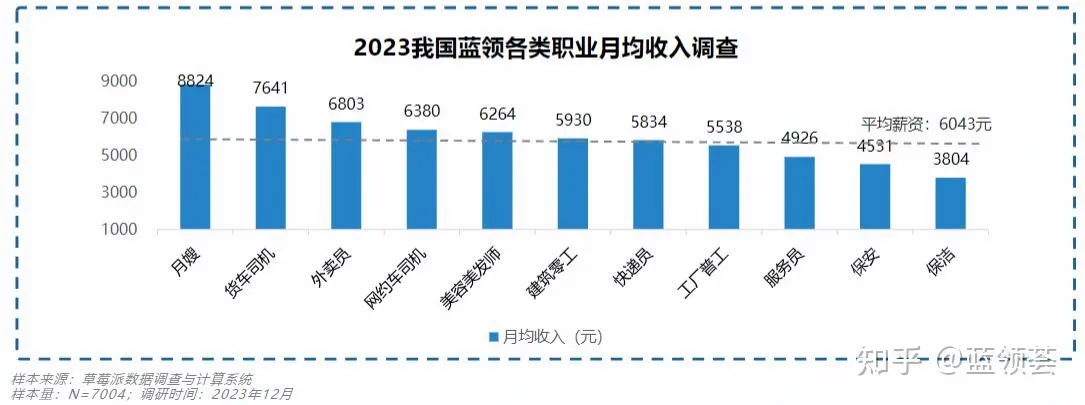On February 17, Chinese Academy of Social Sciences Institute’s digital labor research team unveiled a report examining the labor dynamics of two representative occupations in the gig economy: online livestream hosts and delivery riders.
The study revealed notable disparities in income distribution between these professions. While urban delivery riders typically enjoy relatively stable monthly incomes, often ranging between RMB 5,000–7,000 (USD 694–972), the earnings landscape in the livestreaming industry is marked by significant disparities. Over 90% of online hosts earn less than RMB 5,000 (USD 694) monthly, underscoring the pronounced gap between top earners and the majority.
Led by scholar Sun Ping, a three-person research team conducted extensive surveys and interviews across regions like Beijing, Shandong, Yunnan, and Jiangxi to gather data. Their findings shed light on key differences between the two professions, including age demographics, educational backgrounds, income levels, and work intensity.
In the highly competitive livestreaming arena, where success often hinges on capturing and retaining audience attention, top hosts command the lion’s share of viewership and profits. This concentration of earnings at the top leaves the vast majority of hosts with relatively modest incomes.
In contrast, delivery riders operate in a more equitable income environment. Their monthly earnings, typically derived from completing delivery orders, hover around the RMB 5,000–7,000 (USD 694–972) range. This payment-per-order model provides a more stable income stream for riders, contributing to a fairer distribution of earnings. Notably, data from the 2023 Blue-collar Employment Survey Report highlighted that delivery riders’ monthly earnings often surpass the average salary of blue-collar workers in various regions.

The study also explored access thresholds, revealing that online hosts tend to be younger, with 64.2% aged between 18–29. The demanding nature of livestreaming, characterized by high-energy interactive engagements, underscores the reliance on youthful vigor in this profession. Conversely, delivery riders exhibit a broader age distribution, reflecting a more inclusive employment landscape where approximately 40% of riders are aged 18–29, and over half are aged 30–39.
Amid China’s ongoing industrial upgrades and urbanization, workers in emerging digital economy sectors like delivery services, livestreaming, and ride-hailing are experiencing improvements in both income and labor protections. Recent guidelines from China’s Ministry of Human Resources and Social Security (MHRSS) underscore efforts to ensure fair compensation and provide adequate rest for workers across various digital platforms.
With China’s blue-collar workforce nearing 400 million and an increasing integration of “new blue-collar” workers into the digital economy mainstream, experts anticipate improvements in overall employment quality. Future prospects include a wider array of professions and enhanced regulatory frameworks, promising a more robust and equitable labor market landscape.
